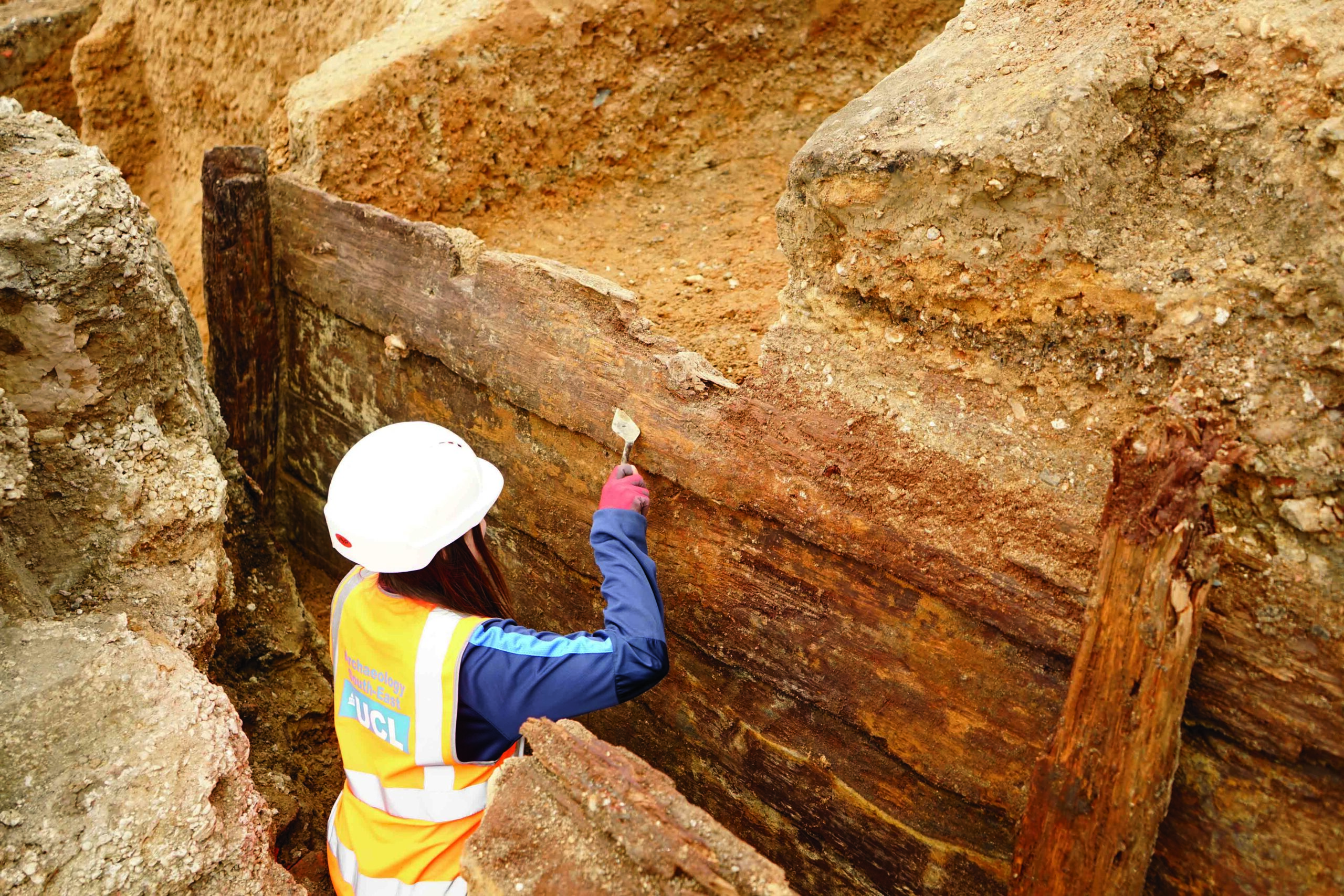ORKNEY, SCOTLAND—The Scotsman reports that a well-preserved skeleton has been discovered in a tightly constructed stone burial cist about a half mile from the Neolithic site of Skara Brae on the island of Orkney. The body was positioned on its right-hand side before it was covered with a heavy stone slab. “The size and scale of the cist would suggest it is a late Neolithic or early Bronze Age burial,” said Martin Cook of AOC Archaeology. “We think the skeleton is buried by itself and not part of a cemetery.” The grave may therefore be later than the Skara Brae settlement, which was occupied from about 3180 to 2500 B.C. The team members will continue to excavate the skeleton and look for any pottery or animal bones that may have been placed in the grave. To read more about archaeology on Orkney, go to "Neolithic Europe's Remote Heart."
Well-Preserved Burial Cist Discovered on Scottish Island
News February 22, 2021
Recommended Articles
Off the Grid July/August 2022
Jarlshof, Shetland, Scotland
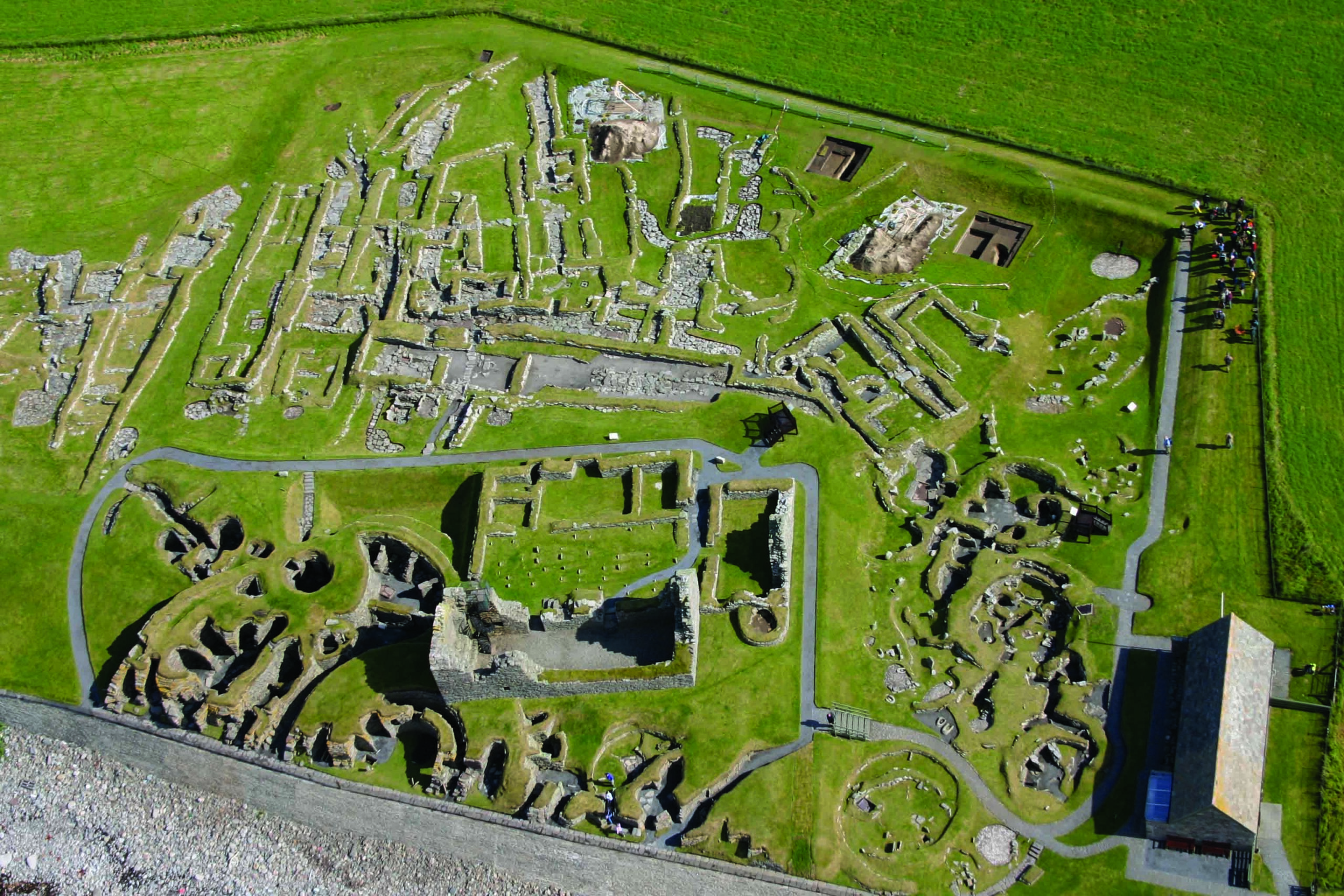
Digs & Discoveries November/December 2019
Worlds Apart
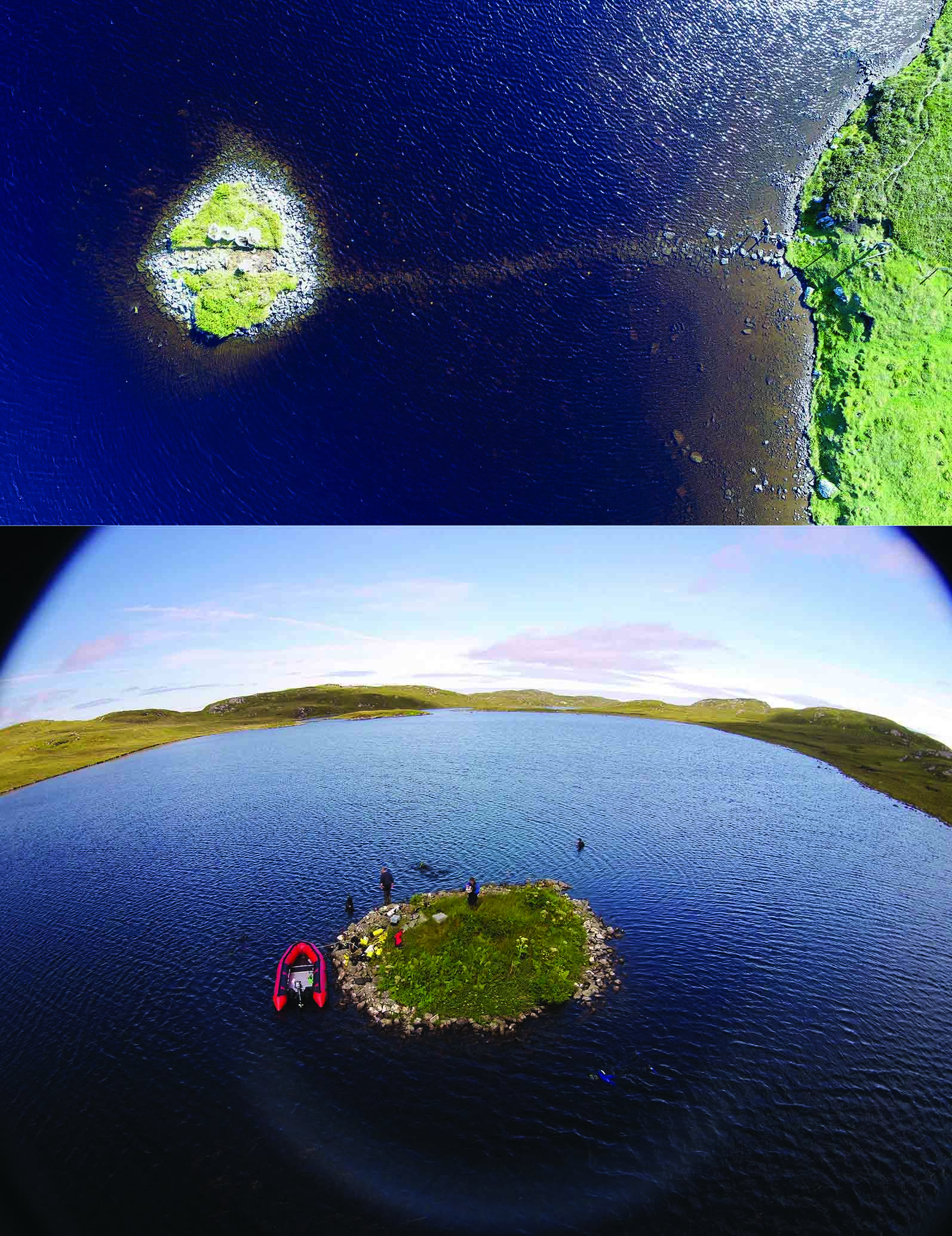
Digs & Discoveries September/October 2018
Spheres of Influence
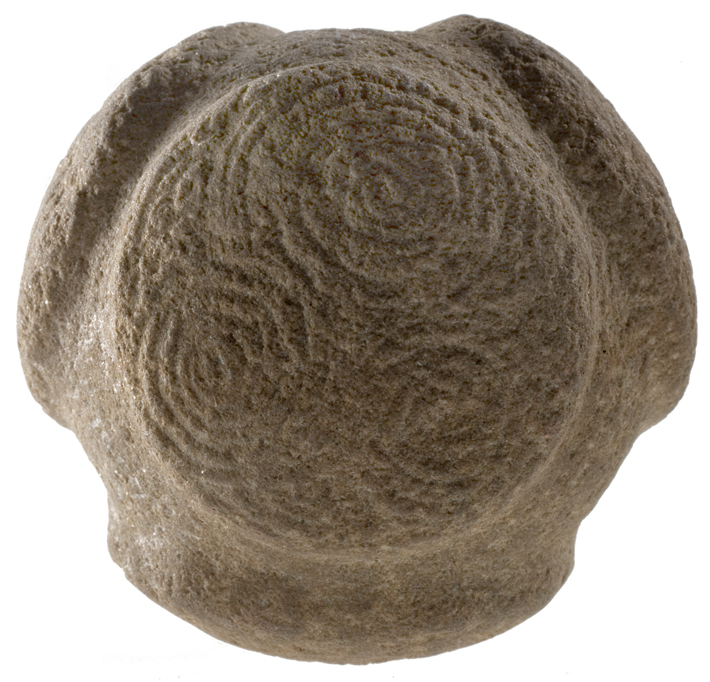
Features January/February 2013
Neolithic Europe's Remote Heart
One thousand years of spirituality, innovation, and social development emerge from a ceremonial center on the Scottish archipelago of Orkney
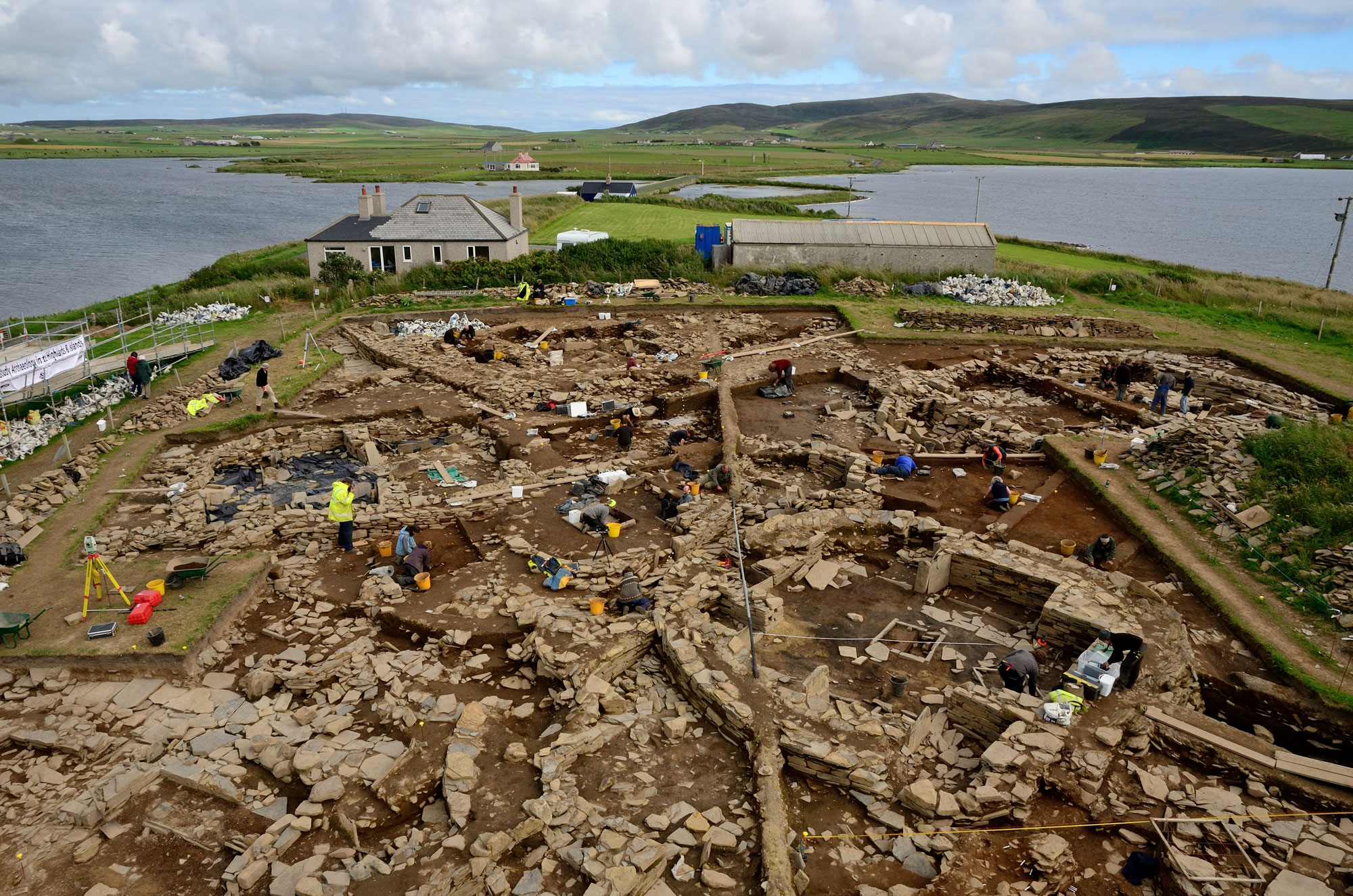
-
 (Pasquale Sorrentino)
(Pasquale Sorrentino) -
Features January/February 2021
Return to the River
Members of Virginia’s Rappahannock tribe are at work with archaeologists to document the landscape they call home
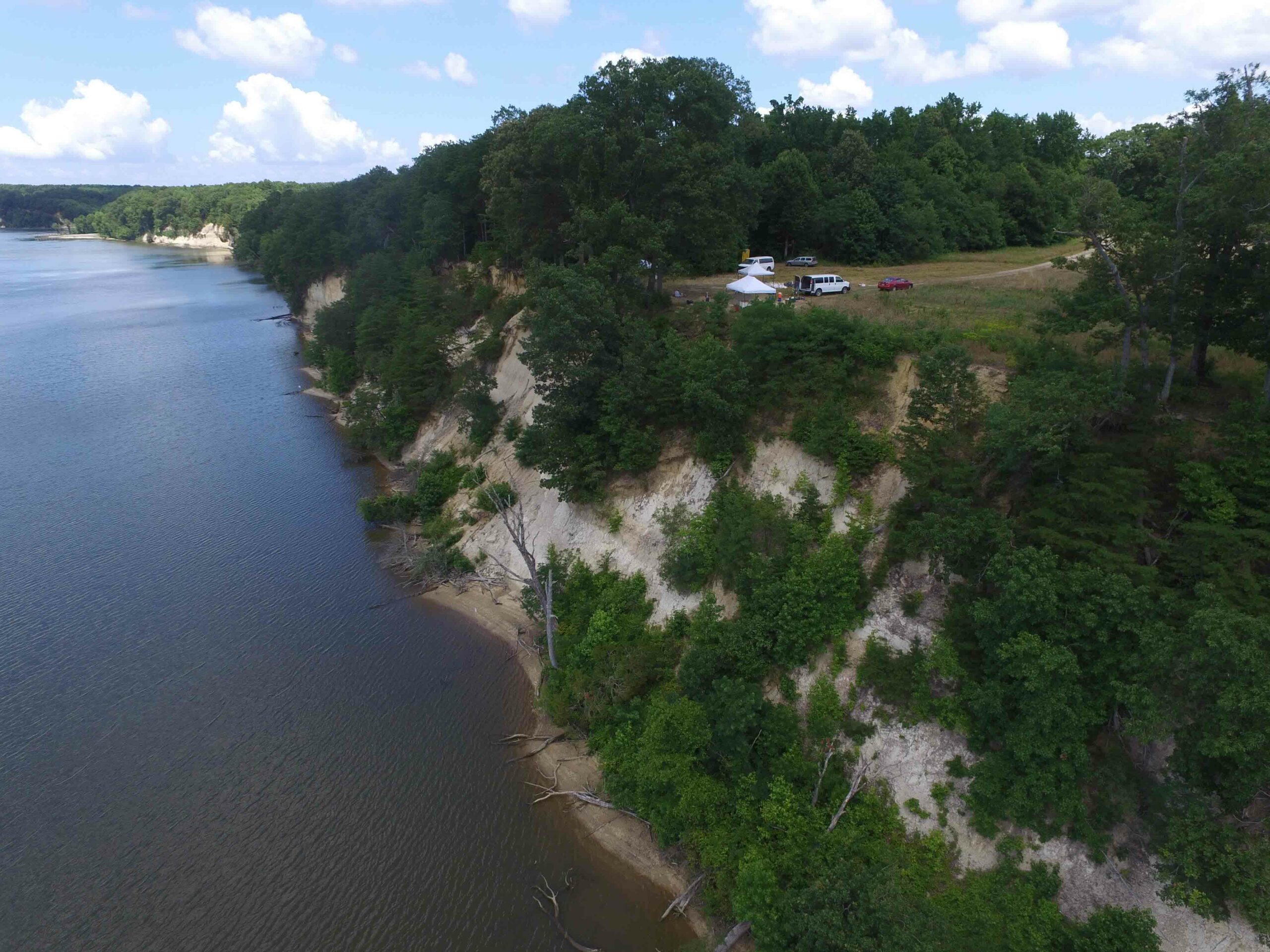 (Courtesy Julia King)
(Courtesy Julia King) -
Letter from Woodhenge January/February 2021
Stonehenge's Continental Cousin
A 4,000-year-old ringed sanctuary reveals a German village’s surprising connections with Britain
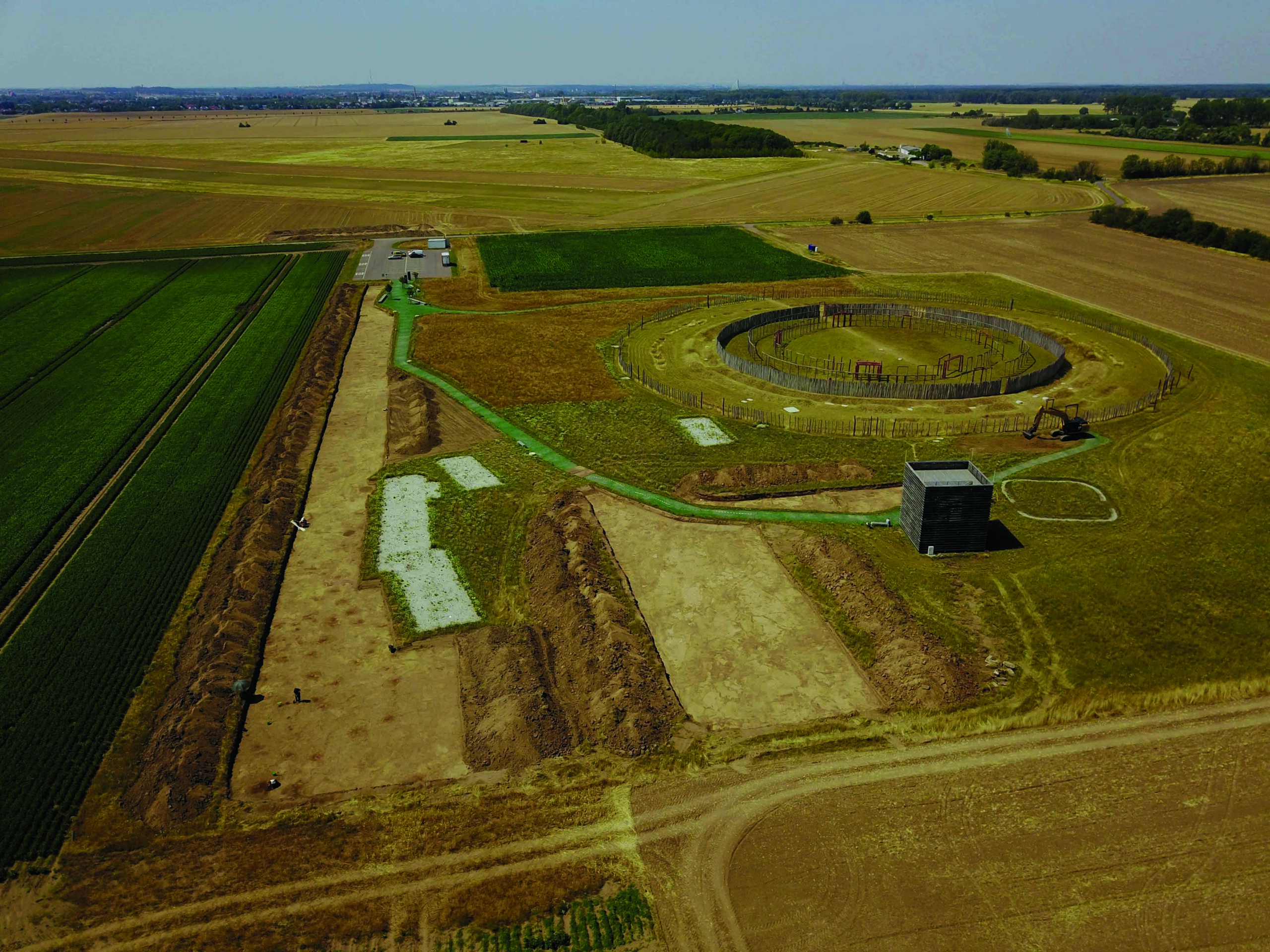 (Photo Matthias Zirn)
(Photo Matthias Zirn) -
Artifacts January/February 2021
Inca Box with Votive Offerings
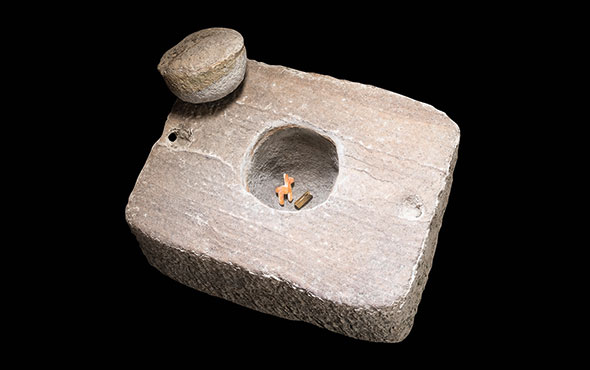 (Courtesy Teddy Seguin/Université Libre de Bruxelles)
(Courtesy Teddy Seguin/Université Libre de Bruxelles)


